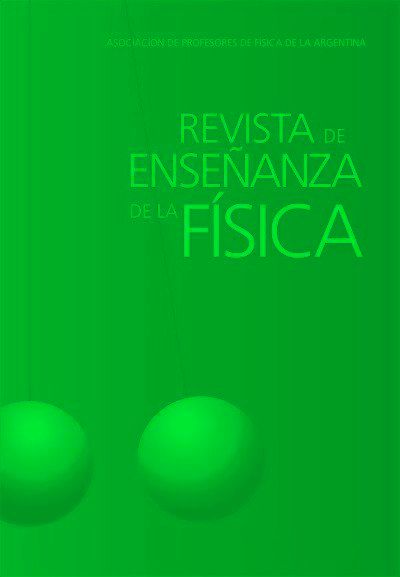From Newton's prism to the wiphala. Contributions to the teaching and dissemination of physics from science-art relationships
DOI:
https://doi.org/10.55767/2451.6007.v33.n2.35159Keywords:
Color, Newton and Goethe, Teaching of Optics, Art and Science Relations, Dialogue of knowledgeAbstract
he objective of this article is to present a proposal for the teaching and dissemination of physics, where Newton's prism and the
wiphala are considered as cultural artifacts, which can contribute to the inquiry and creation of senses attributed to colors, from the
relationship between science and art. A documentary analysis was carried out with texts from the History of Optics, History of Art, and
research on the wiphala and indigenous art. It is concluded that explanations about the relationship between light and color require
considering the observer-light source-object system. In particular, the observer, seen beyond the eye as the mechanism that receives
light, is a complex visual and cultural-historical system that generates senses of what it "sees" beyond optical perception. In this way,
color, approached from the science-art relations and the dialogue of knowledge, is a bridge between scientific knowledge and the
cosmovision of the native peoples of Latin America, expanding and intertwining the network of senses constructed in everyday life,
art, and science.
Downloads
Published
Issue
Section
License
Copyright (c) 2021 Lisbeth Lorena Alvarado-Guzmán, Roberto Nardi

This work is licensed under a Creative Commons Attribution-NonCommercial-NoDerivatives 4.0 International License.
Aquellos autores/as que tengan publicaciones con esta revista, aceptan los términos siguientes:Los autores/as conservarán sus derechos de copiar y redistribuir el material, bajo los términos estipulados en la Licencia de reconocimiento, no comercial, sin obras derivadas de Creative Commons que permite a terceros compartir la obra bajo las siguientes condiciones:
- Reconocimiento — Debe reconocer adecuadamente la autoría, proporcionar un enlace a la licencia e indicar si se han realizado cambios. Puede hacerlo de cualquier manera razonable, pero no de una manera que sugiera que tiene el apoyo del licenciador o lo recibe por el uso que hace.
- NoComercial — No puede utilizar el material para una finalidad comercial.
- SinObraDerivada — Si remezcla, transforma o crea a partir del material, no puede difundir el material modificado.
- Los autores/as podrán adoptar otros acuerdos de licencia no exclusiva de distribución de la versión de la obra publicada (p. ej.: depositarla en un archivo telemático institucional o publicarla en un volumen monográfico) siempre que se indique la publicación inicial en esta revista.
- Se permite y recomienda a los autores/as difundir su obra a través de Internet (p. ej.: en archivos telemáticos institucionales o en su página web) antes y durante el proceso de envío, lo cual puede producir intercambios interesantes y aumentar las citas de la obra publicada. (Véase El efecto del acceso abierto).










